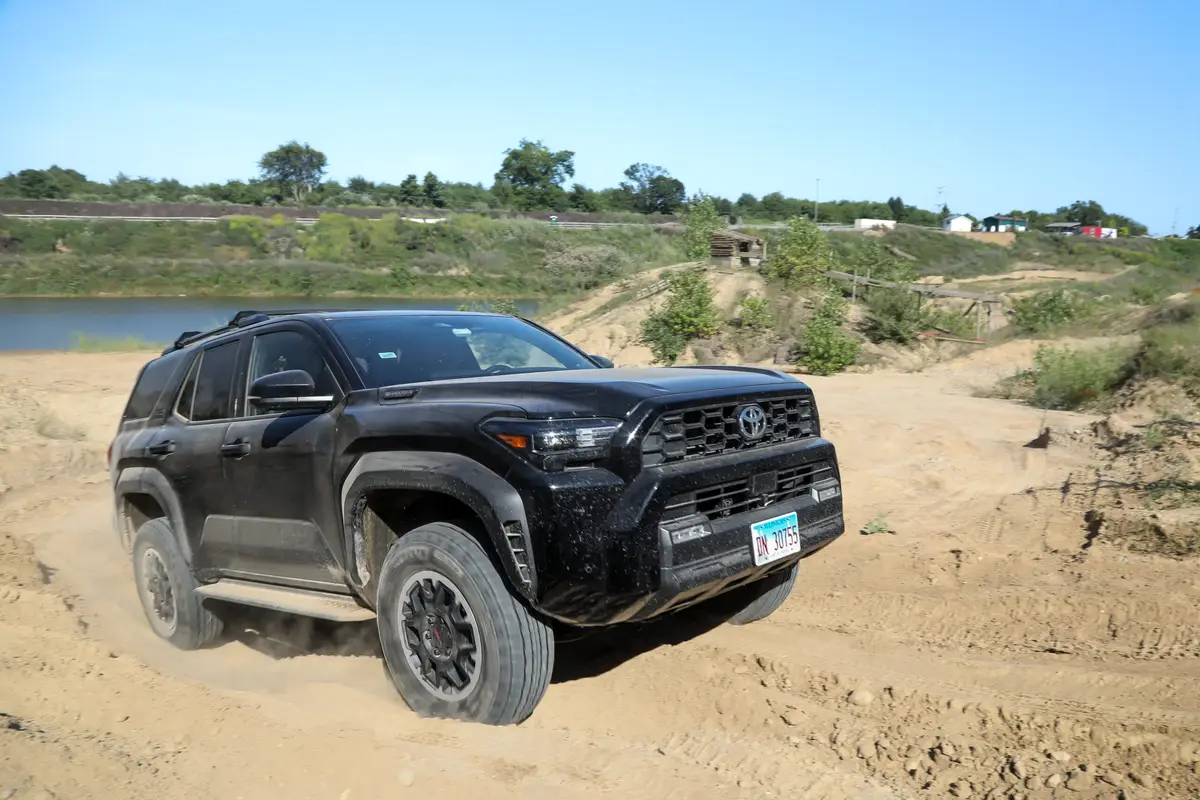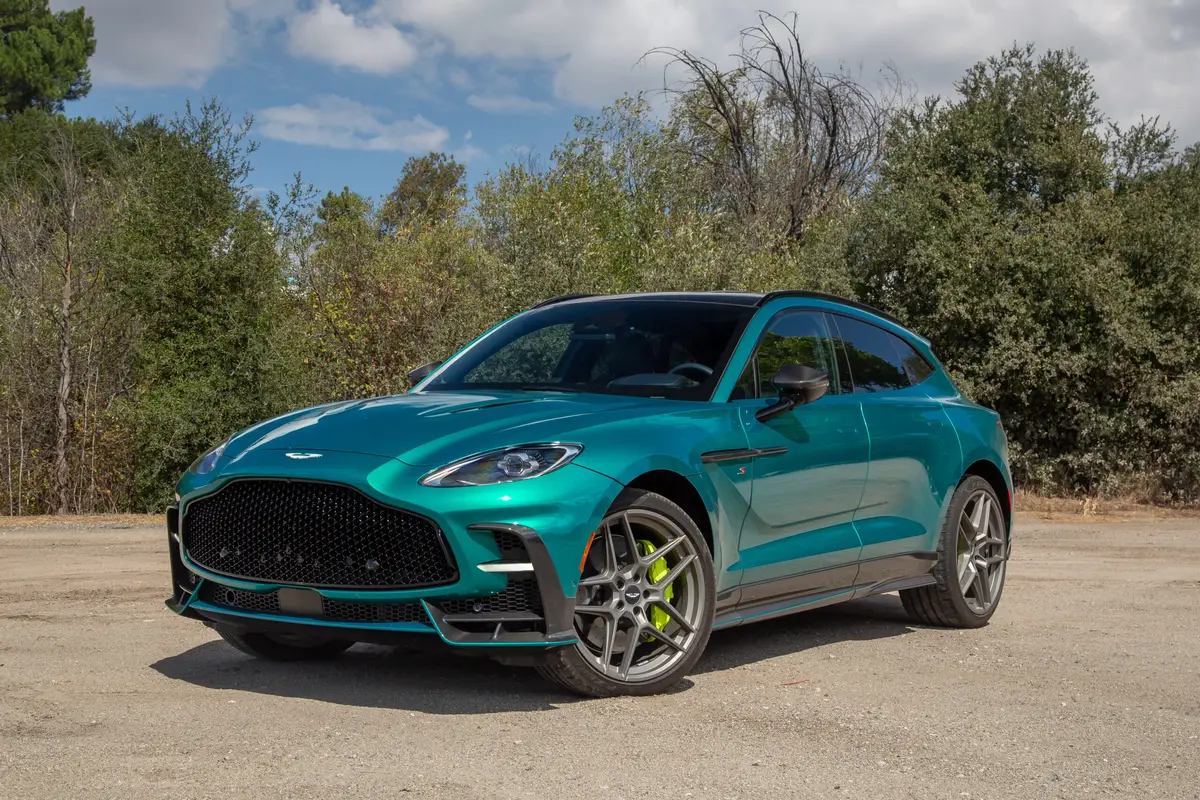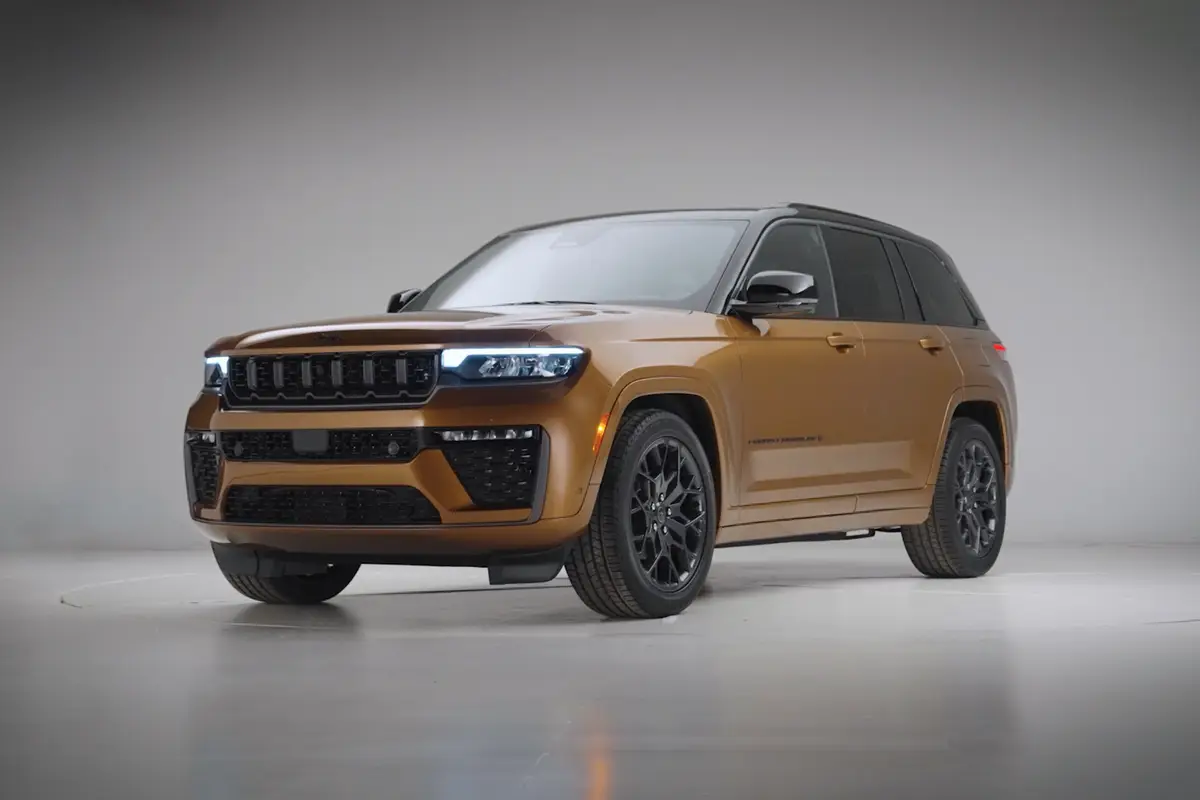2003 Subaru Impreza: What's New
Vehicle Overview
Subarus smallest model was reworked in early 2002 to include a stiffer body. The Impreza comes in sedan and wagon forms. Only a few minor enhancements will occur for the 2003 model, which include dual visor vanity mirrors and a uniform child-safety seat anchor system. The Outback Sport models get a standard keyless entry system, and the 2.5 RS sedan is equipped with a trunk light.
The Impreza lineup includes a 2.5 TS Sport Wagon, a 2.5 RS performance sedan and an Outback Sport Wagon. The 2.5 RS sedan has all-disc brakes and suspension tuning similar to the WRX. The Outback Sport displays SUV-like styling cues and features exclusive body and interior trim and 16-inch alloy wheels.
Borrowed from the larger Legacy, the 2.5-liter horizontally opposed four-cylinder engine in all versions except the WRX is rated at 165 horsepower. All Imprezas have full-time all-wheel drive (AWD) and an antilock braking system.
Subaru launched the high-performance Impreza-based WRX as a 2002 model, which serves as the companys first turbo for the U.S. market since 1995. With its turbocharged 2.0-liter four-cylinder WRX engine developing 227 horsepower and 217 pounds-feet of torque, Subaru says the Impreza WRX can zip from zero to 60 mph in 5.8 seconds. WRX sedans and Sport Wagons went on sale in the spring of 2001, along with redesigned versions of the regular Impreza. No significant changes are evident for the 2003 model year, but 1,500 copies of a limited-edition Sonic Yellow model are available.
Noticeable WRX styling touches include slightly bulged fenders, fog lights and round headlights above a massive square bumper. An aluminum hood contains a big, functional air scoop. WRX models get a sport-tuned suspension, 16-inch alloy wheels, larger front brake discs, sport front seats, a four-spoke Momo steering wheel and an in-dash six-CD changer.
At Detroits North American International Auto Show in January 2003, Subaru introduced a WRX STi with a 300-hp engine, which goes on sale in the summer of 2003 as a 2004 model.
Exterior
The 2.5 RS sedan was inspired by the Impreza World Rally Championship car. It features a blister-fender design and a bold front end with oval headlights and a trapezoidal grille. Subaru says the angled taillights and lowered trunk line are supposed to create the impression of a wing section. The 2.5 RS measures 173.4 inches long overall, stands 56.7 inches tall and rides a 99.4-inch wheelbase.
Measuring 58.5 inches tall, the 2.5 TS Sport Wagon substitutes prominent fender flares for the sedans fender blisters. Rear-quarter glass on the wagon overlaps the D-pillars, which produces the appearance of wraparound back glass. The 2.5 RS sedan has a wider front track dimension than the wagon. Sedan models have 16-inch tires on alloy wheels, and the 2.5 TS Sport Wagon uses 15-inch steel wheels.
Displaying the same bold front end as the 2.5 RS sedan, with its oval headlights and trapezoidal grille, the 2.5 TS Sport Wagon substitutes prominent fender flares for the sedans fender blisters. Rear-quarter glass that overlaps the D-pillars gives the appearance of wraparound back glass, which is said to be similar to the styling used in upscale sport utility vehicles. The wagon has a narrower front track dimension than the sedans.
The overall design of the 2003 Outback Sport is similar to its predecessor, but Subaru considers the current version to be bolder and more upscale than pre-2002 models. New oval headlights, standard fog lights and a black grille thats unique to the Outback Sport were installed in 2002. Quarter windows at the rear overlap onto the back pillars to create the impression of wraparound glass. Outback Sport models feature Graystone metallic bumpers, bodyside molding and lower side sills.
The Outback Sport gets a fully independent heavy-duty raised suspension, 16-inch alloy wheels that hold P205/55R16 tires and a standard rear bumper step pad. Towing capacity is 2,000 pounds.
The WRX sedan displays a blister-fender design and a bold front end with oval headlights and a trapezoidal grille. The WRX Sport Wagon substitutes prominent fender flares for the sedans fender blisters. Rear-quarter glass on the Sport Wagon overlaps the D-pillars, producing the appearance of wraparound back glass.
Unlike other Imprezas, the WRX models use an aluminum hood with an integral scoop that feeds cool air to the turbochargers intercooler. Standard tires are 16 inches in diameter, and 17-inch tires are optional.
Interior
The Impreza sedan and Outback Sport seat five occupants. Each vehicle has a ratchet-type height adjustment that permits 2 inches of additional vertical movement for the driver, and it is augmented by a standard tilt-adjustable steering column. The 2.5 TS Sport Wagon has a 60/40-split rear seatback that folds flat to extend the cargo area. When longer objects must be carried, the front passengers head restraint can be removed and the seatback folded forward. Standard equipment includes air conditioning, an 80-watt stereo with a CD player, and power door locks and windows that feature an automatic-down function on the drivers side. The 2.5 RS sedan also includes cruise control, remote keyless entry, power mirrors and a leather-wrapped tilt steering wheel.
Despite Subarus claim of a five-passenger capacity, the Impreza wagons relatively narrow rear seat is better suited for two than three occupants. The 60/40-split rear seatback folds down to increase cargo capacity to 61.6 cubic feet. When longer objects must be carried, the front passengers head restraint can be removed and the seatback folded forward. Embroidered, carpeted floormats are optional in the 2.5 TS Sport Wagon and standard in the 2.5 RS sedan.
A ratchet-type height adjustment permits 2 inches of additional vertical movement for the driver, and that space is augmented by a standard tilt-adjustable steering column. Standard 2.5 TS Sport Wagon equipment includes air conditioning, an 80-watt stereo with a CD player, a cargo cover, a rear defogger, and power door locks and windows that feature an automatic-down function on the drivers side. Embroidered, carpeted floormats are optional in the 2.5 TS. Additional features in the WRX include an in-dash six-CD changer, aluminum pedals with rubber grips and a Momo four-spoke leather-wrapped steering wheel.
Each Impreza WRX model seats five occupants. Flat-woven upholstery comes only in black, and a ratchet-type drivers seat height adjustment permits 2 inches of vertical movement. Manual-shift models have aluminum pedals with rubber grips.
The WRX Sport Wagon has a 60/40-split, rear seatback that folds flat to extend the cargo area. When longer objects must be carried, the front passengers head restraint can be removed and the seatback folded forward.
Under the Hood
Borrowed from the larger Legacy and Forester, Subarus 2.5-liter horizontally opposed four-cylinder engine goes into very Impreza model, developing 165 hp and 166 pounds-feet of torque. A five-speed-manual transmission is standard, and a four-speed automatic is optional.
Subarus full-time AWD system promises to produce maximum grip on all pavement surfaces. When equipped with an automatic transmission, the 2.5 RS and TS get active AWD, which transfers power to the wheels that need it even before any slippage occurs. The active system uses several input sensors in order to react to changes in weight transfer, which determines whether the vehicle is accelerating or decelerating.
A turbocharged, 2.0-liter four-cylinder that delivers 227 hp goes into the WRX Sport Wagon. When equipped with an automatic transmission, the 2.5 TS Sport Wagon gets active AWD, which transfers power to the wheels that need it even before any slippage occurs.
The Impreza WRXs 2.0-liter, dual-overhead-cam, horizontally opposed four-cylinder engine develops 227 hp at 6,000 rpm and 217 pounds-feet of torque at 4,000 rpm. The turbocharged, intercooled power plant mates with a standard five-speed-manual transmission or an optional four-speed automatic. WRX models with the automatic transmission feature Variable Torque Distribution (VTD) all-wheel drive.
Safety
On all Impreza models, antilock brakes are standard, but side-impact airbags are not offered. Three-point seat belts are installed for all five seating positions, and the front belts have pretensioners and force limiters. Daytime running lights are standard, and the sedan has a self-illuminating internal child-safety trunk release.
All Outback Sports are fitted with a uniform child-restraint anchorage system. Occupant safety is enhanced by a ring-shaped reinforcement frame body structure that is similar to the one used on the larger Legacy and Outback models.
| Reported by Jim Flammang for cars.com Posted on 3/26/03 |
Featured stories


2026 Aston Martin DBX S Review: Excellence in (DB)X S


